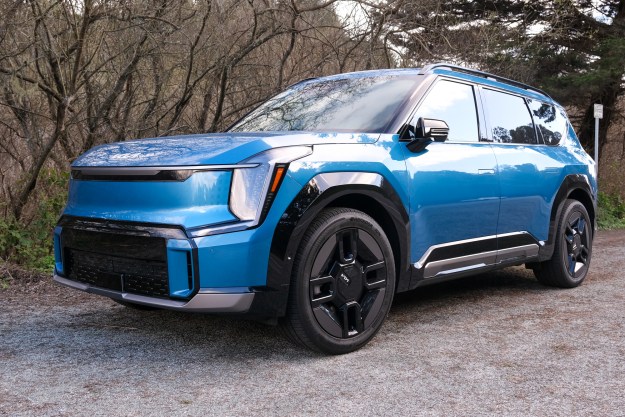The automotive industry is quickly accelerating towards electrification, with electric vehicles, or EVs, paving the way. Of course, a critical component of every EV is the battery, which powers everything about an EV — from the electric motors to the infotainment system, to the air conditioning.
But did you know there are actually different types of electric car batteries? As development on EVs continues, battery technology is shifting and evolving, helping push for cars with longer ranges.
So what are the different types of electric car batteries? There are two major types you need to know about, and each has its own benefits and drawbacks. Here’s a rundown.
Lithium-ion batteries

Lithium-ion batteries have become the dominant choice for powering EVs, offering a range of advantages over other battery technologies. One of the most significant benefits of lithium-ion batteries is their high energy density, which allows electric cars to travel longer distances on a single charge. Not only that, but lithium-ion batteries have a relatively low self-discharge rate, ensuring that the stored energy remains available for an extended period, even when the vehicle is not in use.
However, lithium-ion batteries also present some challenges for the EV industry. One of the primary concerns is the limited availability of raw materials, such as lithium and cobalt, which are crucial for battery production. The mining of these materials often has environmental and ethical implications. And, the production process of lithium-ion batteries generates a substantial carbon footprint, which can negate some of the environmental benefits of electric vehicles.
Performance over time is also somewhat of a concern. The performance of lithium-ion batteries tends to degrade over time, resulting in reduced range and charging capacity. This can lead to increased costs for consumers who need to replace the battery pack. Despite these issues, companies are continuing to research and develop lithium-ion batteries, and they’re set to get better and better over time.
Nickel-metal hydride batteries

Nickel-metal hydride (NiMH) batteries have long been a popular choice for hybrid cars and have also been utilized in some EVs. One of the primary advantages of NiMH batteries is their robustness and durability. These batteries have a long cycle life, which means they can endure many charge and discharge cycles before their performance begins to decline. Not only that, but NiMH batteries can deliver high levels of power output, enabling quick acceleration and overall strong performance in hybrid cars and EVs.
There are some notable disadvantages associated with NiMH batteries when compared to other battery technologies. NiMH batteries have a lower energy density, meaning they store less energy per unit of weight or volume. This translates to reduced driving ranges, which can be a significant drawback for consumers concerned about range anxiety. And, NiMH batteries have a higher self-discharge rate than lithium-ion batteries, which means they can lose a more significant portion of their stored energy when not in use. This characteristic can be particularly problematic for EVs that are parked for extended periods.
Another downside of NiMH batteries is their sensitivity to extreme temperatures. High temperatures can negatively impact their performance and lifespan, while low temperatures can reduce their ability to deliver power. This limitation can present challenges in regions with varying climates. Although NiMH batteries do not rely on scarce materials like cobalt and lithium, their production still involves the use of nickel, which can raise environmental and ethical concerns surrounding mining practices.
Generally, it’s not expected that these batteries will be used more in EVs — but they could continue being used in hybrid cars that don’t necessarily require a higher energy density.
Editors' Recommendations
- These new NASA EVs will drive astronauts part way to the moon (sort of)
- Why do EVs charge slowly? Lithium battery limits explained
- Tesla’s new million-mile battery could finally make electric cars affordable
- Toyota is extending warranties on EV batteries because they’re lasting so long
- New research could help Tesla’s EV batteries last for a million miles



